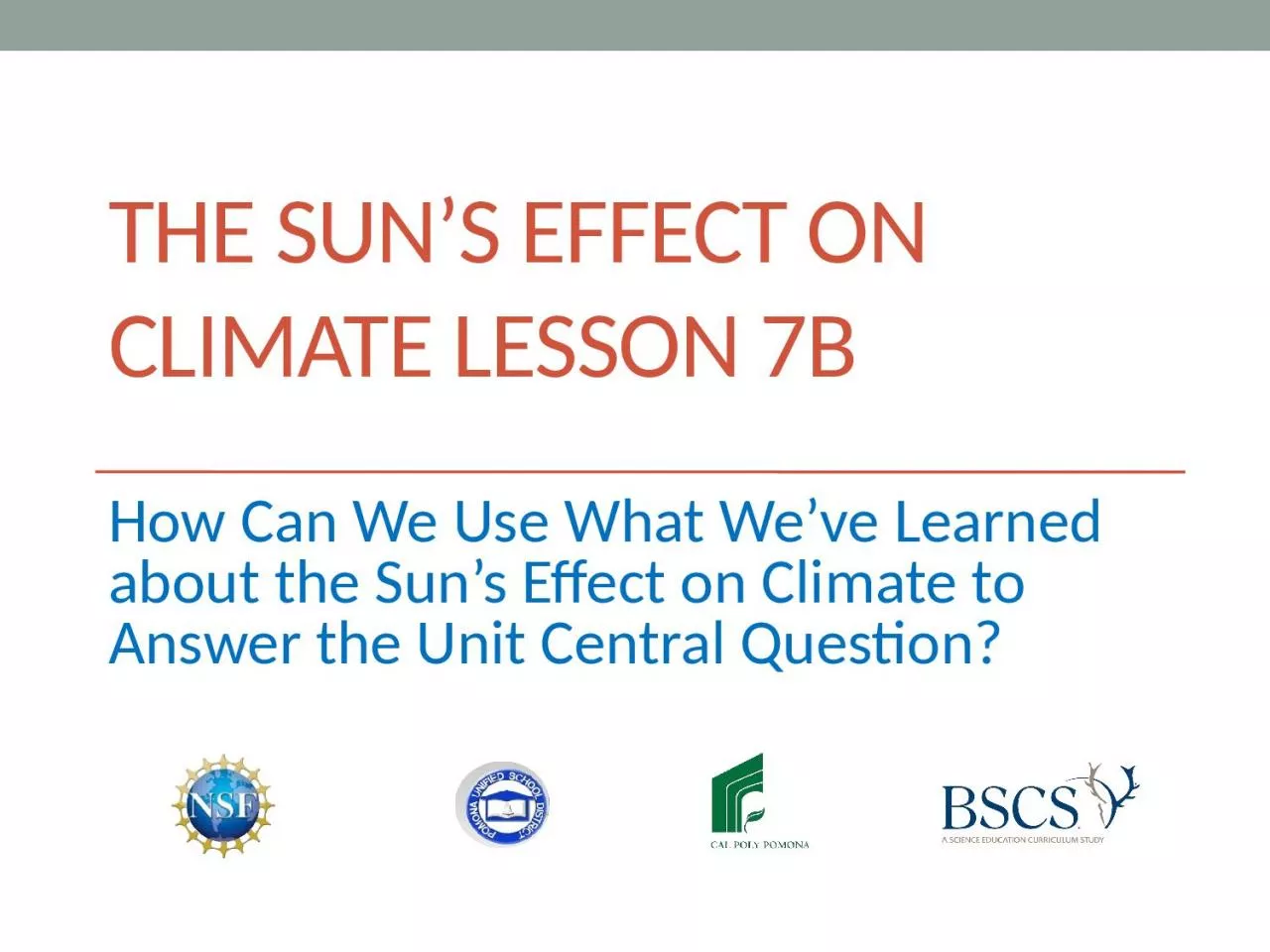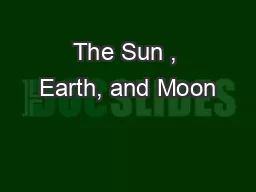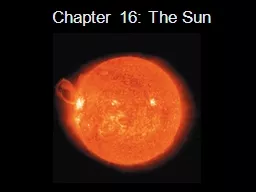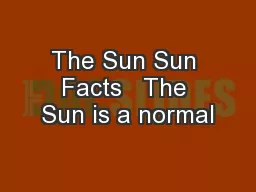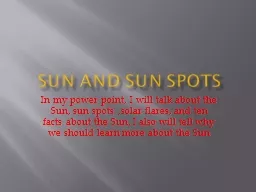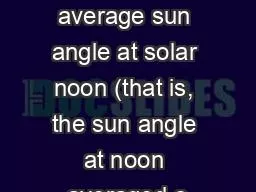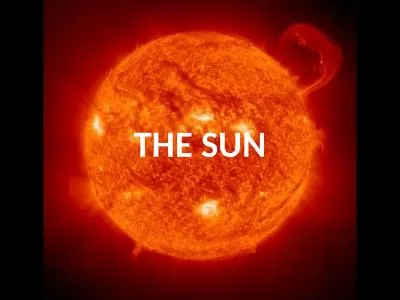PPT-The Sun’s effect on climate Lesson 7b
Author : ava | Published Date : 2023-11-04
How Can We Use What Weve Learned about the Suns Effect on Climate to Answer the Unit Central Question Team Presentations As your team presents ideas and explanations
Presentation Embed Code
Download Presentation
Download Presentation The PPT/PDF document "The Sun’s effect on climate Lesson 7b" is the property of its rightful owner. Permission is granted to download and print the materials on this website for personal, non-commercial use only, and to display it on your personal computer provided you do not modify the materials and that you retain all copyright notices contained in the materials. By downloading content from our website, you accept the terms of this agreement.
The Sun’s effect on climate Lesson 7b: Transcript
Download Rules Of Document
"The Sun’s effect on climate Lesson 7b"The content belongs to its owner. You may download and print it for personal use, without modification, and keep all copyright notices. By downloading, you agree to these terms.
Related Documents

